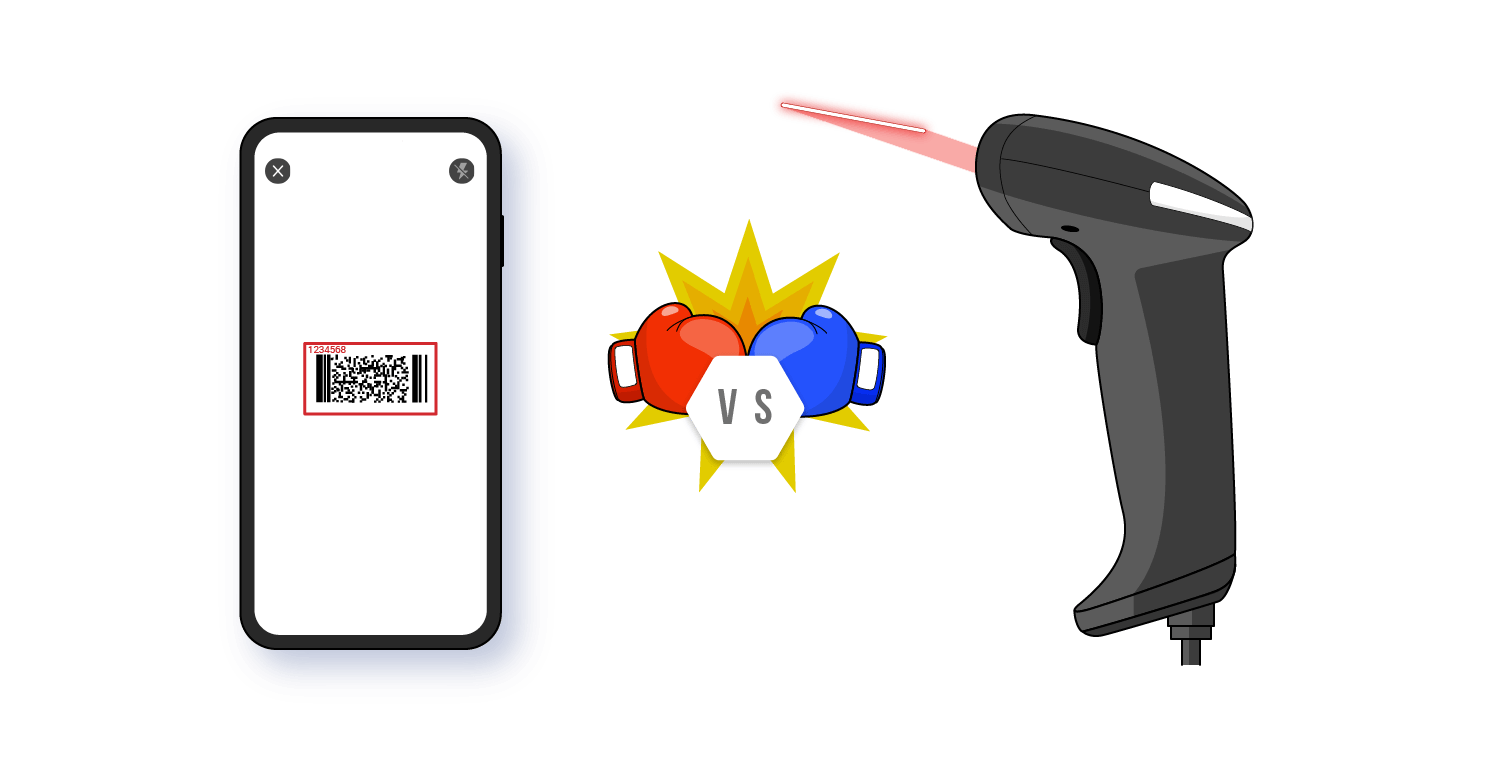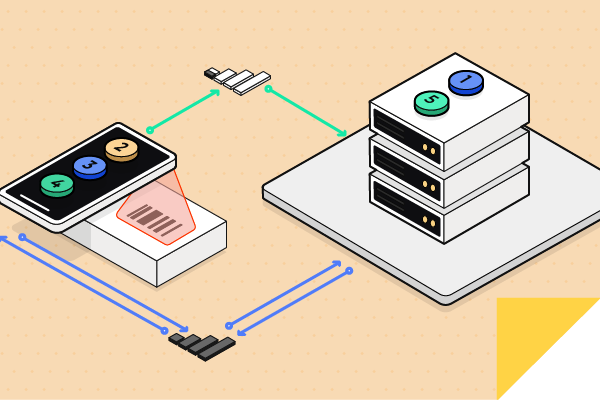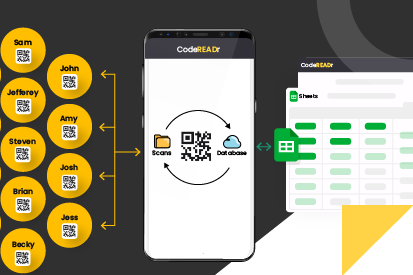March 6, 2019 • 10 min read
Comparing Barcode Scanners: Imaging Scanners vs. Laser Scanners

CATEGORIES
SOCIAL SHARE
Understanding 1D Laser Scanners and 2D Imaging Scanners
Barcode scanning technology has evolved significantly, primarily represented by two main types: 1D laser scanners and 2D imaging scanners. Laser scanners have been a staple at retail checkouts for years, offering reliable scanning of linear (1D) barcodes. However, the advent of 2D imagers has shifted the landscape. Unlike laser scanners, 2D imaging scanners are capable of decoding both 1D and 2D barcodes, catering to a broader range of applications including mobile tickets, IDs, and coupons displayed on smartphone screens—a function beyond the reach of laser scanners.
The Rise of 2D Barcodes and Imaging Technology
2D barcodes store more information, which has spurred their use in various new applications. Not only that, but they offer more durability through advanced “error correction” features. Moreover, the widespread availability of smartphones with built-in cameras has led to an increase in consumer-grade 2D barcode scanning apps, while enterprise solutions like CodeREADr have enhanced both 1D and 2D scanning capabilities for more accurate and faster results.
Barcode Basics: Decoding the Data
A barcode essentially acts as a data representation, akin to a typographical font, where each segment of the barcode corresponds to a specific character. Standard 1D barcodes comprise alternating black bars and white spaces that encode data. Conversely, 2D barcodes like QR codes utilize a matrix of pixels to represent data, which can vary from a few to thousands of characters, making them readable from various angles.
Efficiency of Scanning 1D and 2D Barcodes
Laser scanners operate by emitting a light beam and reading the reflected light from the barcode. This method is suitable for scanning 1D barcodes from specific angles but fails with 2D barcodes or on digital displays. In contrast, 2D imaging scanners interpret data directly from the barcode image, enabling them to read barcodes from any angle and on any surface, including electronic displays.
Choosing the Right Scanner: Imaging or Laser?
While 2D imagers offer versatility and enhanced accuracy, they typically come at a higher cost compared to laser scanners. The choice between using a 2D imager or a laser scanner should be based on the types of barcodes commonly handled by your operations. This determination will guide you in selecting the most appropriate scanning technology for your needs.
Selecting the Best Barcode Scanners
For individual users, numerous barcode scanning applications are available in app stores, suitable for everyday use. Businesses, on the other hand, should consider enterprise-grade scanning solutions like CodeREADr that can be tailored for improved data collection efficiency and accuracy. Click here for more insights on configuring your barcode scanning applications.


